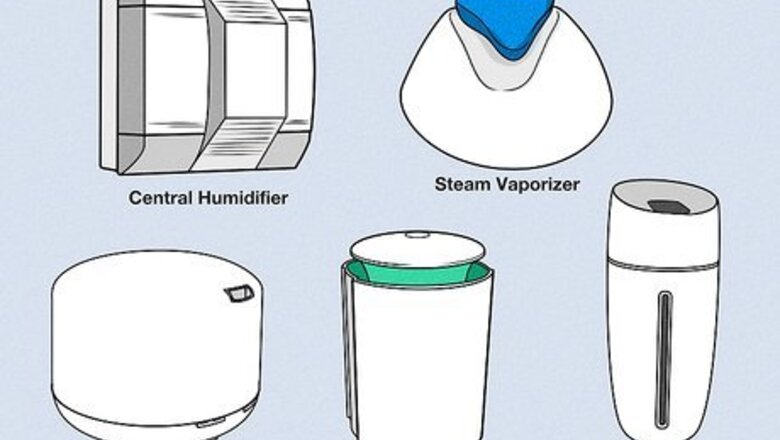
views
Setting Up Your Humidifier
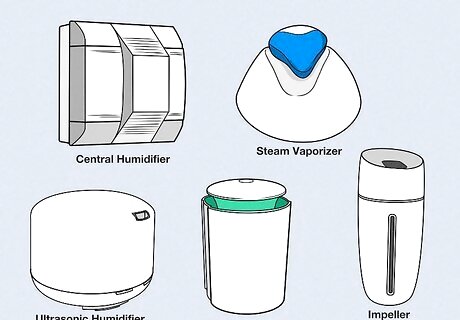
Choose the right type of humidifier for your needs. There are many different types of humidifiers on the market, so finding the best humidifier for your needs and circumstances is very important. A few of the most common humidifiers include: Central humidifiers. Central humidifiers are used to humidify an entire house. They are built into the house’s heating and cooling system. Evaporators. Evaporators are smaller humidifiers that use filters and fans to add moisture to the air. These types of humidifiers tend to be very affordable. Impeller humidifiers. Impeller humidifiers release a cool mist into the air. This is especially good news for people who have children in the house. These humidifiers use fast moving disks to release their mist, and they work best for single rooms. Steam vaporizers. Steam vaporizers heat up the water in the water reservoirs and the force the water to cool before releasing it into the air as a mist. These are the most economically friendly humidifiers, but they can release hotter mists, which can cause burns. Ultrasonic humidifiers. Ultrasonic humidifiers use vibrations to release moisture into the air. Since these come in both cool and warm mist variations, they are a good choice for a home with children. Pick one that is sized properly for your intended use and room volume and be aware that they will vary in cost depending on size and features.

Read the humidifier manual. Humidifiers come in many styles, each with a set of recommended settings and care instructions. The instructions may differ from others you have owned so it is important to carefully read the instructions for your specific humidifier.
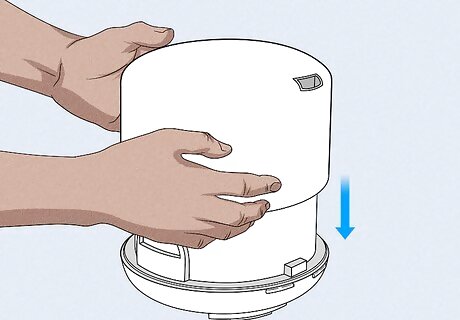
Assemble the humidifier if needed. With the help of the owner’s manual, put together any apparatuses that need to be assembled before your humidifier can be used. This can include things like adding wheels for mobility, basic assembly of the humidifier, or personal preference settings (such as the size of the mist opening).
Using Your Humidifier
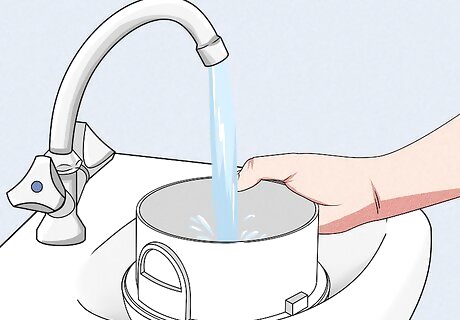
Rinse out the water reservoir. Remove the water reservoir and clean it with mild soap and water before using the humidifier. This will clear out any residue from the manufacturing process, so you aren’t breathing those in when the humidifier is in use.
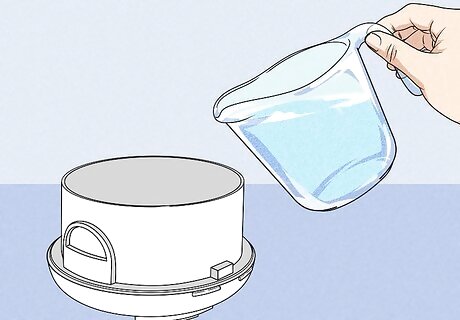
Add water to the reservoir. Once the reservoir is cleaned, add in some distilled water. Some humidifiers allow for tap water to be used, but distilled water is going to be free of any additives that tap water contains. There should be a marked water line on the water reservoir. Add the water up until this indicated water line. If a filter must be added directly to the water, this is when to do so. Change the water every time you use your humidifier.
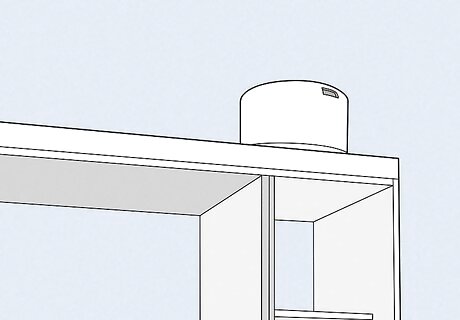
Position your humidifier. Your humidifier should be on a level, raised surface at least 12 inches away from walls. Choose a spot that is high up with nothing underneath, like on top of a dresser. Don't place your humidifier underneath a shelf or near paper or curtains. Nearby objects tend to get dampened by the humidifier. Before you turn on the humidifier, check the equipment and the cords to ensure they're in good condition.
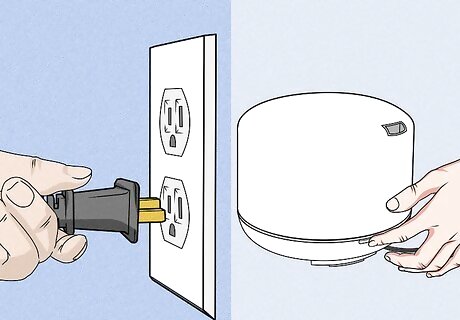
Turn on and adjust any settings. Plug in and power on the humidifier. Some humidifiers may have buttons or knobs that adjust the settings, so use these tools to change anything to your personal preference. If you are confused about what settings you should use or what any of the buttons or knobs mean, consult your owner’s manual. Some humidifiers have a small space that allows you to add things like essential oils or vapor rub to the mist. This would be the time to add those items if desired. However, if your humidifier doesn’t explicitly say that it is compatible with those items, don’t use them. Recommended humidity levels are normally between 30–50%. When not in use, turn off the humidifier. The humidifier should not be going in an empty room. Cheryl Mendelson, Homekeeping Expert Properly using a humidifier can provide welcome relief when indoor air is dry. Choose a humidifier based on room size, then find an appropriate central location, away from walls and heat. Maintain humidity between 30-50%. Monitor with a hygrometer, refill the tank regularly, and change filters per manufacturer instructions. Disinfecting weekly helps prevent mold or bacteria buildup for healthier air.
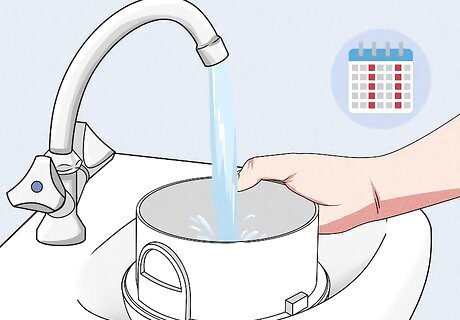
Clean the humidifier regularly. A humidifier should be cleaned at least twice a week for regular users. This will help prevent any bacterial growths from forming in the humidifier and in the water. For less frequent users, your cleaning habits should be very diligent, since bacteria and mold can grow between longer intervals of time between uses. Be sure to carefully read you user manual for instructions on cleaning and maintenance. Water and mild soap work well for basic cleaning, but you can also use diluted white vinegar or citric acid to kill bacteria. Soak the filter and tank in this solution for 15 minutes to an hour, then wash them with clean water.
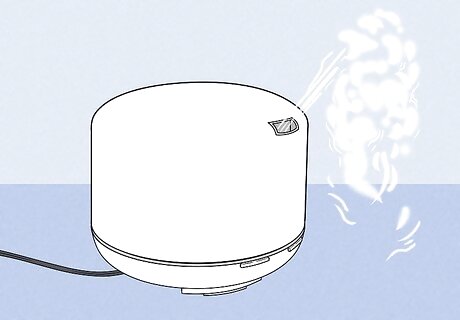
Finished.


















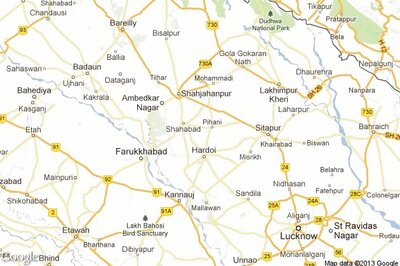
Comments
0 comment